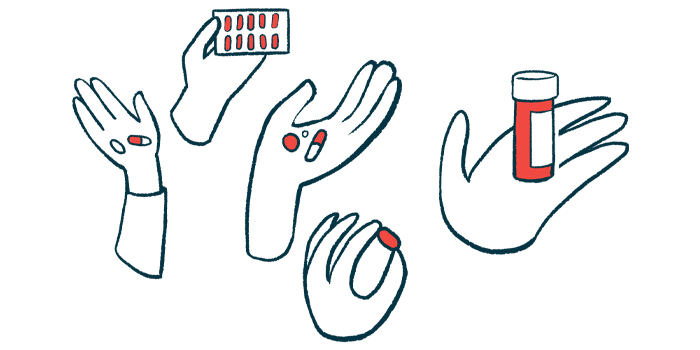Psych Meds May Cause Hyperthermia in Juvenile Batten Patients

People with juvenile Batten disease may be at increased risk of developing an abnormally high body temperature when taking certain medications commonly prescribed to manage mental health issues, according to a new report from Sweden.
“Our study points to a vulnerability to drug-induced hyperthermia in patients with [juvenile Batten disease] which we believe could be underreported,” its researchers wrote.
The study, “Drug-induced hyperthermia with rhabdomyolysis in CLN3 disease,” was published in the European Journal of Pediatric Neurology.
Batten disease often is characterized by psychiatric challenges, which may include anxiety, obsessive-compulsive or aggressive behavior, depression, hallucinations, and psychosis. A number of medications (e.g., antidepressants) may be prescribed to help manage these issues. Most of the psychiatric medications work by modulating the activity of neurotransmitters like serotonin and dopamine, the chemicals that brain cells use to communicate with each other.
Neuroleptic malignant syndrome (NMS) and serotonin syndrome (SS) are life-threatening side effects that can occur with medications that modulate the activity of dopamine (NMS) or serotonin (SS). While NMS and SS are distinct, they share certain clinical features including an increase in body temperature (hyperthermia).
Here, scientists in Sweden described the cases of four teenagers (one male, three female) with juvenile Batten disease who developed hyperthermia after treatment with a psychiatric medication.
All four of the patients had been diagnosed at ages 6 to 8. In their mid-teens, they all started to develop severe anxiety, and two of the children also started to experience hallucinations.
Each of the children was prescribed medications in the hopes of easing these symptoms. In all four cases, the children experienced an increase in body temperature shortly after being started on the therapy. Specific medications included risperidone, clozapine, olanzapine, haloperidol, quetiapine, and sertraline.
Three of the children exhibited a clinical course that appeared similar to NMS, characterized by reduced energy and slowed movements. The fourth exhibited signs such as increased reflexes that are more indicative of SS — though the researchers noted the child had been prescribed medicines that modulate dopamine (risperidone) as well as serotonin (sertraline), which may have contributed to the reaction.
Reactions led to rhabdomyolysis
In all four children, the course of the reaction was severe, requiring multiple weeks of hospitalization and leading to rhabdomyolysis, a serious condition characterized by the breakdown of muscle tissue. Three of the four children died from complications of the reaction. The fourth is still alive at age 23, and has not taken any medications affecting dopamine or serotonin in the time since.
“To our knowledge, NMS-like features have only been described in one previous patient with [juvenile Batten disease] while there has been no prior description of SS-like features or other descriptions of rhabdomyolysis in [juvenile Batten disease],” the researchers concluded.
The team suggested that people with juvenile Batten may be particularly vulnerable to these serious side effects, but stressed that more research is needed to delineate the risk.
“Meanwhile, if treatment with dopamine receptor antagonists or serotonergic drugs is required in patients with CLN3 disease, we advise great caution upon initiation and titration of treatment as well as close monitoring for potential adverse effects,” they wrote.






